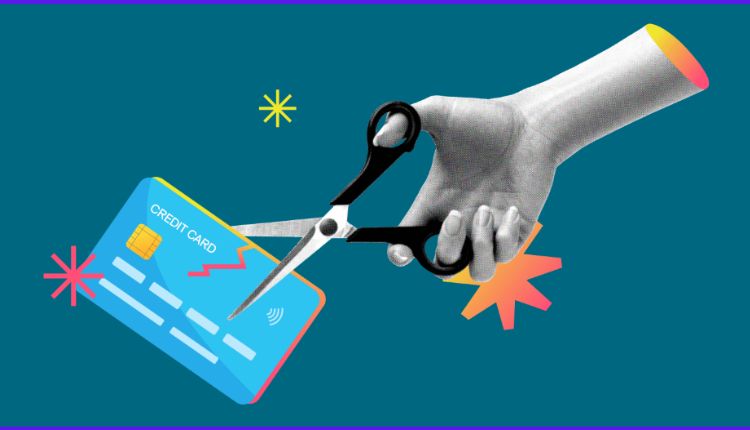Credit card debt is one of the most common and costly financial burdens people face today. With high interest rates, minimum payments that barely touch the principal, and the ease of swiping without second thought, it’s no wonder many find themselves trapped in a cycle of debt.
The good news? Paying off credit card debt is absolutely possible with the right strategy, mindset, and discipline. In this ultimate guide, we’ll walk you through everything you need to know to become debt-free and regain financial control.
1. Understand the True Cost of Credit Card Debt
Credit cards often come with interest rates between 18% and 30% APR (Annual Percentage Rate). That means if you carry a $5,000 balance at a 20% interest rate and only make minimum payments, it could take over 20 years to pay off with norraco transact and you’ll pay thousands in interest alone.
To understand the damage:
- Use a debt calculator to visualize how long your payments will take.
- Check your monthly statements for your interest rate and minimum payment due.
- Identify which cards have the highest interest these are your top priority.
2. Stop Adding to the Balance
It may sound obvious, but one of the first rules of getting out of debt is to stop creating new debt. This means:
- Pause all credit card spending immediately.
- Use cash or a debit card for all new purchases.
- Remove your credit cards from digital wallets or shopping apps to avoid temptation.
This step is crucial otherwise, you’re digging while trying to climb out of a hole.
3. Choose a Repayment Strategy That Works for You
There are two popular debt repayment methods:
The Avalanche Method
- Focuses on paying off the highest interest rate first.
- Save the most money in interest over time.
- Pay minimums on all cards, but allocate extra funds to the card with the highest rate.
The Snowball Method
- Focuses on paying off the smallest balance first.
- Builds motivation through quick wins.
- Pay minimums on all cards, but put extra funds toward the card with the lowest balance.
Which is better?
If you’re motivated by math and savings, choose avalanche. If you’re motivated by momentum and quick victories, go with snowball.
4. Create a Realistic Debt Payoff Budget
Without a plan, your goals will stay dreams. Here’s how to create a budget tailored to paying off credit card debt:
- List all income sources (salary, side gigs, etc.)
- Track all expenses for at least 30 days (use an app or spreadsheet)
- Cut unnecessary costs (subscriptions, eating out, etc.)
- Redirect extra funds toward your credit card payments
Even small sacrifices like brewing coffee at home or limiting online shopping can free up hundreds of dollars each month for your debt snowball.
5. Consider a Balance Transfer (But Be Cautious)
If you have good credit, you might qualify for a balance transfer credit card that offers 0% APR for an introductory period (usually 12 to 18 months). This lets you pay down your balance interest-free.
Before you transfer:
- Read the fine print (transfer fees, APR after promo period).
- Make sure you can pay off the balance before interest kicks in.
- Don’t use the new card for purchases keep it strictly for debt.
6. Increase Your Income
Paying off debt isn’t just about cutting back it’s also about earning more. A higher income gives you more power to tackle your balances.
Ideas to boost income:
- Freelance or gig work (writing, delivery, graphic design, etc.)
- Sell unused items (clothes, electronics, furniture)
- Ask for a raise or work overtime
- Start a small side hustle (tutoring, pet-sitting, online store)
Put 100% of any extra income directly toward your credit card balances.
7. Automate and Track Your Progress
Setting up automatic payments ensures you never miss a due date and helps avoid late fees or penalty APRs.
Use a debt payoff tracker (apps, spreadsheets, or even a whiteboard) to:
- Track each card’s balance monthly
- Visualize your decreasing debt
- Stay motivated and accountable
Celebrate small victories every payment brings you closer to financial freedom.
8. Avoid Common Pitfalls
While paying off credit card debt, watch out for:
- Only paying minimums – This prolongs debt and increases interest.
- Relying on future windfalls – Don’t depend on tax refunds or bonuses.
- Closing old credit cards immediately – This can hurt your credit score. Instead, pay them off and leave them open without using them.
- Falling back into old habits – Debt freedom requires long-term changes in spending.
9. Seek Help If Needed
If your credit card debt feels overwhelming or unmanageable, don’t be afraid to get professional help. Resources include:
- Credit counseling agencies (look for nonprofit, accredited ones)
- Debt management plans (can reduce interest and consolidate payments)
- Financial coaches or advisors (for budgeting and longterm planning)
Avoid debt settlement companies that promise fast fixes they often come with high fees and can damage your credit and if you need more to know.
10. Stay Debt-Free for Life
Once you’ve paid off your credit card debt, protect your progress by:
- Building an emergency fund (aim for 3–6 months of expenses)
- Only using credit cards for planned, budgeted purchases
- Paying your full balance each month
- Continuing to track and review your budget
Debt freedom isn’t the end it’s a new beginning. Use your experience to stay in control, build wealth, and achieve your financial goals.
Final Thoughts
Paying off credit card debt is challenging, but entirely possible with a focused plan and a little determination. Whether you’re starting with $1,000 or $20,000 in debt, taking action now can change your financial future. Remember: every dollar you pay today is a step toward peace of mind tomorrow.


